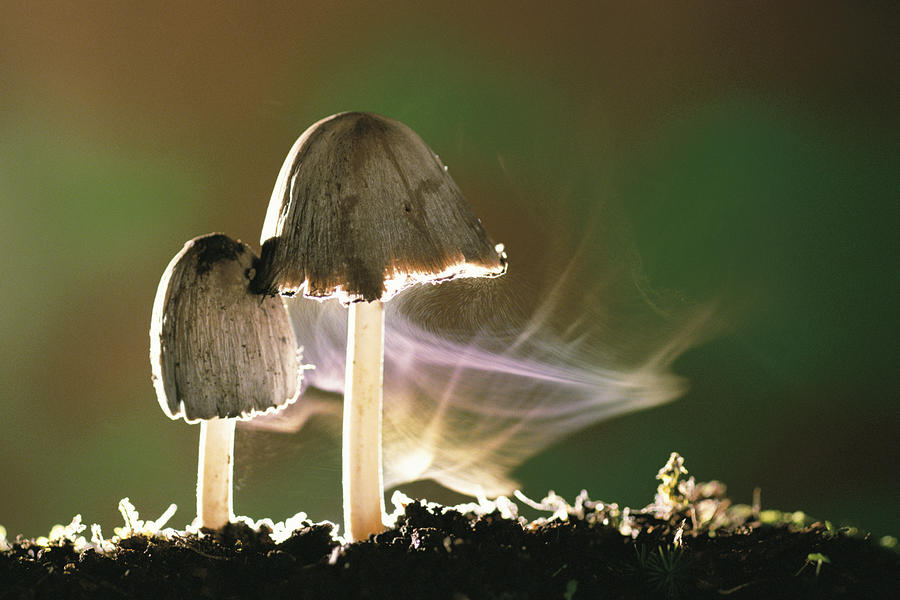By: Priscilla Carlo
 |
Scientists breed yeast strains to make new beer flavors.
Corbis Images. |
In other words, scientists are "setting the mood" for yeasts, all in the name of beer.... and science, of course!
Saccharomyces pastorianus is the yeast used to make lager beers. Lager beers tend to differ very little in flavors because there are only two parent strains used for fermentation;
Saccharomyces cerevisiae and the cold-tolerant
Saccharomyces eubayanus. In order to create a wider flavor spectrum, scientists decided to breed six different strains of
Saccharomyces cerevisiae with two different strains of
Saccharomyces eubayanus in high quantities. This resulted in more than 100 new yeast strains, 31 of which presented faster fermentation and stronger aromas, than the original
Saccharomyces pastorianus used in the current market today.
With this information, I present a shout-out to all beer lovers out there. Watch out! NEW FLAVORS COMING YOUR WAY!
Citation: Mertens S, Steensels J, Saels V, De Rouck G, Aerts G, Verstrepen KJ. 2015. A Large Set of Newly Created Interspecific
Saccharomyces Hybrids Increases Aromatic Diversity in Lager Beers. Appl Environ Microbiol 81:8202–8214. doi:
10.1128/AEM.02464-15

















